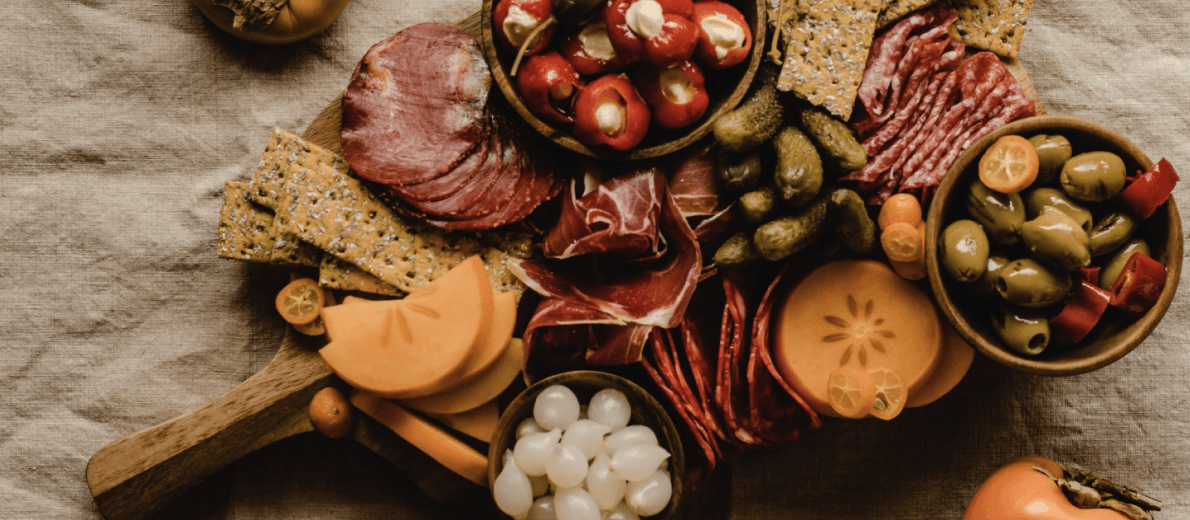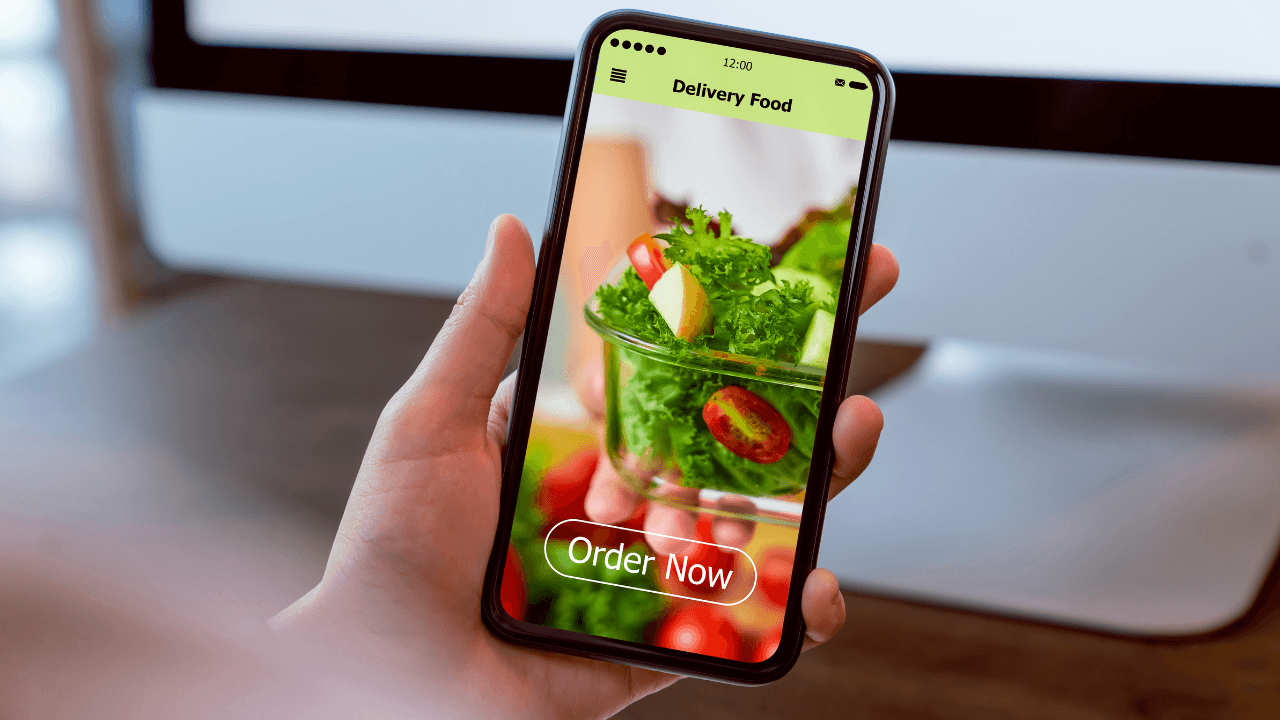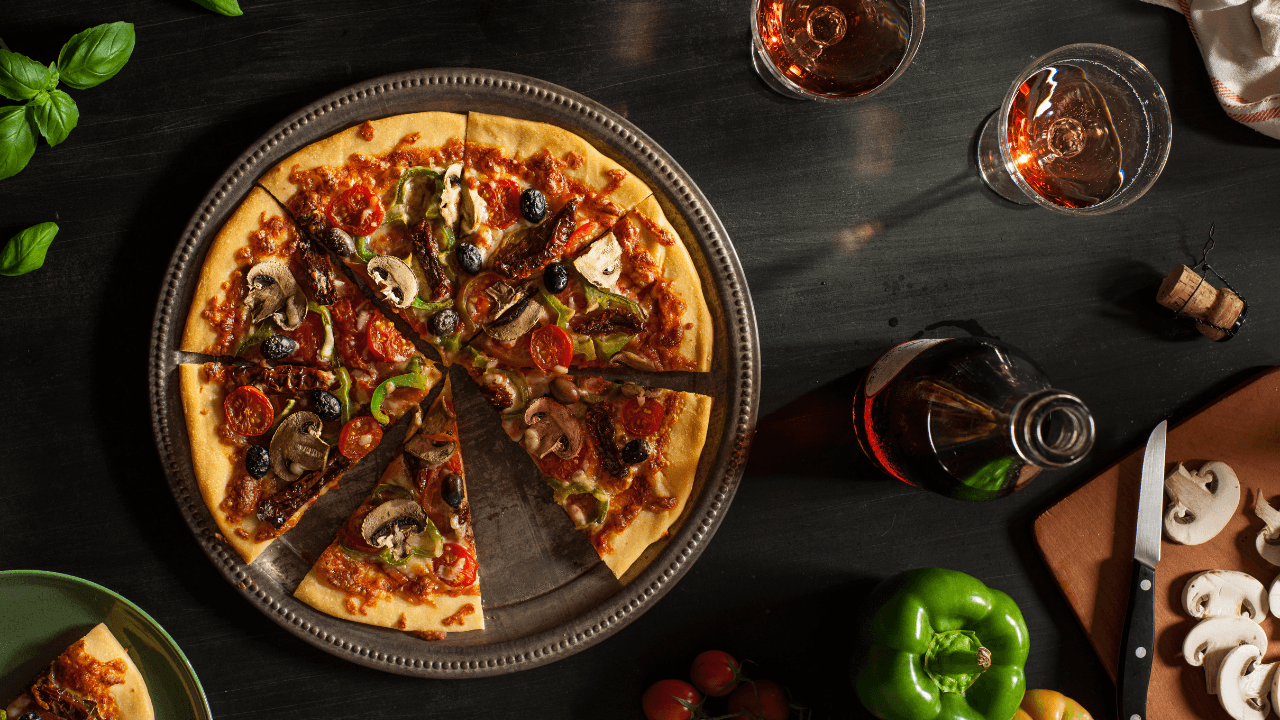- What is Restaurant Sales Forecasting, and What Does it Entail?
- The Benefits of Accurate Restaurant Sales Forecasting
- The Different Methods You Can Use to Forecast Restaurant Sales
- How to Improve Your Restaurant’s Sales Forecasting Process in 5 Steps
- The Importance of Trend Analysis in Restaurant Sales Forecasting
- Pitfalls to Avoid When Forecasting Restaurant Sales
Do you ever wonder how restaurants seem to know what their sales will be for the month or week? It’s not magic; it’s restaurant sales forecasting!
This is a process of estimating future sales based on past data and current trends.
It helps restaurant owners and managers make informed decisions about menu planning, staffing, and inventory management. A good forecast can also help a restaurant owner identify trends and opportunities.
If you’re in the restaurant business, you know that forecasting restaurant sales is everything. From learning how many labor hours you’ll need to predict future trends, your projected sales are one of your most important tools. But what exactly is a restaurant sales forecast? And why is it so important?
But what exactly is a restaurant sales forecast? And why is it so important?
Keep reading to find out!
What is Restaurant Sales Forecasting, and What Does it Entail?
Restaurant sales forecasting is the process of estimating future restaurant sales. It involves analyzing past sales data, considering current economic conditions, and making assumptions about future trends.
The goal of restaurant sales forecasting is to provide a realistic estimate of future sales that can be used to make menu planning, staffing, and marketing decisions.
However, it is essential to remember that many factors can affect restaurant sales, and no one can predict the future with 100% accuracy.
By carefully analyzing past data and making thoughtful assumptions about the future, restaurant owners and managers can develop a reasonably accurate restaurant sales forecast to help them make sound decisions about their business.
Lineup.ai is a great tool to use for restaurant sales forecasting. This tool takes into consideration all the factors that affect sales, such as weather, events, or your competition’s sales.
Tenzo is another great tool for restaurant sales forecasting. Tenzo uses artificial intelligence to predict demand for your restaurant.
With the help of these tools, you can develop a better understanding of your customer’s behavior and make more accurate sales predictions.
The Benefits of Accurate Restaurant Sales Forecasting
You know that accurate sales forecasts are essential if you’re in the restaurant business. After all, you can’t run a successful restaurant if you don’t know how much food to order or how many staff to schedule. But what are the other benefits of accurate restaurant sales forecasting?
Here are just a few:
- You can make better decisions about pricing and menu items.
This is perhaps the most apparent benefit of accurate sales forecasting. If you know how much food you will sell, you can price your menu items accordingly. You can also use your forecast to decide which menu items are selling well and which aren’t.
- You can avoid potential financial problems down the road.
If you don’t have a good handle on your future sales, it’s easy to overspend on things like inventory and labor. This can lead to financial problems down the road, so it’s essential to be as accurate as possible when forecasting sales.
- You can optimize your staffing levels to save money on labor costs.
If you know how many customers you will serve, you can staff your restaurant accordingly. This will help you avoid overstaffing, leading to higher labor costs.
- You can better predict when peak times will be and plan accordingly.
And, of course, accurate sales forecasting can help you better predict when your restaurant will be busiest. This information is critical for things like scheduling staff and ordering food.
In short, accurate restaurant sales forecasting is essential for any restaurant that wants to be successful. By accurately forecasting sales, you can avoid many potential problems and set your restaurant up for success.
The Different Methods You Can Use to Forecast Restaurant Sales
Restaurant sales forecast methods can vary, but there are a few commonalities. In general, most forecasts start with an analysis of past sales data. This data can come from financial reports, POS systems, or customer surveys.
Once the restaurant understands its historical sales, it can begin to look for trends and seasonality. For example, many restaurants see a spike in sales during summer, mainly due to tourist traffic. By understanding these trends, restaurants can more accurately forecast restaurant sales.
Another popular forecast method is market analysis. This involves breaking restaurant sales into different segments, such as breakfast, lunch, and dinner. Each segment is then analyzed separately to identify opportunities and trends.
For example, a restaurant might notice that its lunch sales have been declining steadily over the past year. To address this issue, the restaurant could change its lunch menu or marketing efforts.
Here are more details on a few of the most common sales forecasting methods:
- Regression analysis
This method uses historical sales data to identify relationships between different factors (such as price, weather, and promotions) and sales. Once these relationships are identified, they can be used to predict future sales.
- Surveys
Restaurants can also use surveys to gather information about customer behavior and preferences. This data can then be used to forecast future sales.
- Focus groups
Focus groups are similar to surveys, but they involve a smaller group of people (usually around 10-12) who meet in person to discuss a particular topic. This method can gather information about customer behavior and preferences to forecast future sales.
Restaurant sales forecast methods are as varied as restaurant menus. Some restauranteurs use tried-and-true methods like guest count history, inventory projections or prior year’s sales. Others get a little more creative, looking at factors like the weather, local events, and, who knows, maybe even the moon’s phases.
Still, others take a more holistic approach, considering everything from social media buzz to staff morale. No matter their method, the goal is always to ensure that they have enough food on hand to meet customer demand without wasting valuable resources.
Your Inbox, Your Rules!
Tailor your newsletter with the topics you're most interested in.
How to Improve Your Restaurant’s Sales Forecasting Process in 5 Steps
If you’re looking to improve your restaurant’s sales forecasting process, there are a few key things to keep in mind.
- Make sure you have a clear understanding of your restaurant’s sales patterns.
Look at previous years’ data to determine when people are most likely to dine out and use this information to inform your forecast.
- Be realistic about your restaurant’s capacity.
Don’t underestimate how much business you can handle, or you’ll turn away customers.
- Give yourself some wiggle room in your forecast.
Things always come up, whether it’s a last-minute reservation or a slow night. By factoring in a buffer, you’ll ensure that your restaurant is never caught off guard.
- Try out different forecasting methods.
There’s no one-size-fits-all solution when it comes to forecasting sales. Experiment with other ways, and see what works best for your restaurant.
- Be prepared to adjust your forecast.
As the saying goes, the only thing sure in life is change. Keep this in mind when forecasting sales for your restaurant, and be prepared to make adjustments as needed.
No matter what method you use, accurate sales forecasting is essential to the success of any restaurant by taking the time to understand your sales patterns.
Following these simple tips can improve your restaurant’s sales forecasting process and ensure that your business is always prepared for whatever comes.
The Importance of Trend Analysis in Restaurant Sales Forecasting
Anyone who has worked in the restaurant industry knows that sales can be unpredictable. One day you might have a line out the door, and the next day you could be wondering where everyone went.
This is why trend analysis is so crucial in restaurant sales forecasting. You can start to see trends emerge by tracking sales patterns over time. For example, you might notice that sales drop off on Mondays but pick up again on Wednesday nights.
Or you might find that certain menu items are more popular during certain seasons.
By understanding these trends, you can make more informed decisions about staffing levels, menu planning, and marketing efforts. In the restaurant business, information is power. And when it comes to sales forecasting, trend analysis is your best friend.
Learn more about 34 Restaurant Industry Statistics and Trends in 2022 to help you understand the industry’s current state and where it’s headed.
The restaurant sales forecasting process constantly evolves as new data and technologies become available. But one thing remains constant: the importance of trend analysis in understanding customer behavior and predicting future sales.
So whether you’re a seasoned pro or just getting started, keep this fundamental principle in mind.
Pitfalls to Avoid When Forecasting Restaurant Sales
There are many potential pitfalls to avoid when forecasting restaurant sales. One common mistake is to focus too narrowly on past sales data. This can give false certainty about future sales, leading to inaccurate forecasting.
Another pitfall is to assume that all customers are alike. Customer behavior can vary significantly depending on factors such as seasonality, weather, and special events. As a result, restaurant sales can fluctuate unexpectedly, making it essential to account for this variability in forecasting models.
Finally, it is important to remember that no forecast is ever 100% accurate. Whether using historical data or sophisticated statistical techniques, some degree of uncertainty will always be involved.
The key is to use the best available information and make assumptions that are as realistic as possible. By avoiding these common mistakes, restaurant owners can develop more accurate forecasts for their business.
Let Accuracy and Creativity be Balanced in Your Restaurant Sales Forecast.
A good sales forecast is critical to any successful restaurant business plan. But what makes for a good forecast? On the one hand, accuracy is important. After all, the whole point of forecasting is to provide a reliable estimate of future sales.
On the other hand, creativity is also essential. A good forecast should be based on a deep understanding of the restaurant industry and the specific needs of your business.
The best sales forecasts strike a balance between accuracy and creativity. They are based on a solid understanding of past sales patterns and current market trends. But they also incorporate a healthy dose of intuition and experience. In other words, good sales forecasting is both an art and a science.
What do you think? Do you have any tips for forecasting restaurant sales? Share your thoughts in the comments below.



